Bergamot, Wild
$4.49
Monarda Fistulosa
- Seed Count 600
- Highly Perfumed
- Perennial
- Height 90 cm
Only 5 left in stock
Description
Wild Bergamot is famed for its medicinal qualities and fabulous perfume.
This delightful plant produces a mass of mauve-purple blooms with an upright clump forming habit and green toothed leaves.
Also known as Wild Bee Balm, it performs well in a vegetable patch where it works wonders attracting beneficial insects, and bees of course.
It does best in full sun to partial shade and can tolerate a wide variety of conditions from wet to dry. It will perform in poor dry soils and be luxuriant in good soils.
The leaves make a tea, reminiscent of Earl Grey and are excellent for adding to fresh summer fruits drinks.
The flowers and leaves may be used in salads and pork dishes.
The species has the added advantage of having good resistance to mildew.
| Method: Sow seedlings | Soil Temp: 10°C - 25°C |
| Cool Mountain: Nov - Feb | Position: Full sun |
| Arid: Aug - Jan | Row Spacing: 50 cm |
| Temperate : Sep/Nov - Mar/June | Planting Depth: 3 mm |
| Sub Tropical: May - Oct | Harvest: 365 Days |
| Tropical: Jun - Aug | Plant Height: 90 cm |
Climate and Soil Requirements
Climate:
- Wild Bergamot prefers temperate climates but can adapt to a range of conditions.
- It thrives in most regions of Australia if provided with adequate shade and moisture in the hottest parts of the year.
Soil:
- Prefers well-draining, fertile soil with a pH range of 6.0–7.5.
- Tolerates a variety of soil types, including sandy, loamy, and clay soils, as long as they are not waterlogged.
- Enrich the soil with organic matter like compost or well-rotted manure before planting.
Planting
When to Plant:
- In Australia, the best time to plant Wild Bergamot is in early spring or autumn when temperatures are mild.
- Avoid planting during the peak of summer, as the heat can stress young plants.
- See product description for exact guide for each climate zone
Propagation:
- Choose a sunny location with at least 6 hours of sunlight per day.
- Partial shade is acceptable in hotter regions.
- Plant seeds to a depth of 3 mm
- Space plants 50 cm apart to allow for air circulation and prevent fungal diseases.
- Water gently with a mist spray after planting.
Watering and Mulching
Watering:
- Wild Bergamot prefers consistently moist soil but is moderately drought tolerant once established.
- Water deeply once or twice a week during dry spells, ensuring the soil does not dry out completely.
- Avoid overhead watering to reduce the risk of powdery mildew.
Mulching:
- Apply a layer of organic mulch (e.g., straw, bark, or compost) around the base of the plant to retain moisture, regulate soil temperature, and suppress weeds.
- Keep the mulch a few centimetres away from the stem to prevent rot.
Fertilising
- Wild Bergamot is not a heavy feeder but benefits from an annual application of balanced, slow-release fertiliser in early spring.
- Alternatively, top-dress with compost or well-rotted manure to provide nutrients.
Pruning and Maintenance
Pruning:
- Deadhead spent flowers regularly to encourage continuous blooming and prevent self-seeding.
- Cut back the plant to about 10–15 cm above the ground in late autumn or early winter to promote healthy growth in the following season.
Disease and Pest Management:
- Wild Bergamot is susceptible to powdery mildew, especially in humid conditions. To prevent this: Ensure proper spacing for air circulation. Avoid overhead watering. Remove and dispose of affected leaves.
- Pests like aphids and spider mites may occasionally appear.
- Control them with insecticidal soap or by introducing beneficial insects like ladybugs.
Companion Planting
Echinacea:
- Both plants thrive in similar conditions and attract pollinators.
- Their complementary flower shapes and colours create a stunning display.
Rudbeckia:
- Adds bright yellow blooms that contrast beautifully with Bergamot lavender pink flowers.
- Both are drought tolerant and low maintenance.
Salvia:
- Salvias repel pests like aphids and attract beneficial insects.
- Their spiky flowers provide a nice contrast to Bergamot’s rounded blooms.
Lavender:
- Lavender’s strong scent deters pests and complements Bergamot’s fragrance.
- Both plants prefer welldraining soil and full sun.
Grasses:
- Ornamental grasses add texture and movement to the garden.
- They also provide a backdrop that highlights Bergamot flowers.
Tomatoes:
- Monarda attracts pollinators that can improve tomato yields.
- Its strong scent may also deter some tomato pests.
Nasturtiums:
- Nasturtiums act as a trap crop for aphids, protecting Monarda.
- Their vibrant flowers add colour to the garden.
Avoid Planting With:
- Avoid planting Wild Bergamot near plants that require very dry conditions, as its moisture needs may conflict.
Challenges in Australia
Heat Stress:
- In hotter regions, provide afternoon shade and ensure adequate moisture.
Invasive Potential:
- Wild Bergamot can self-seed prolifically. Deadhead flowers to prevent unwanted spread.
Humidity:
- In humid areas, monitor for powdery mildew and ensure good air circulation.
Order Times
Seed orders are normally dispatched within three business days. You will receive an email when seeds are mailed out.
Postage Days
Seeds are mailed out Monday to Friday at 1pm. Except for the Friday of long weekends.
Postage Times
WA 2-3 Days: SA,NT 3-5 Days: NSW, ACT, QLD, VIC: 5-7 Days
Carrier
We use Australia Post Letter Postage for the majority of orders
Not only are our seeds packed in recycled paper envelopes, we keep the theme going when we post out website orders. To protect your seeds from moisture and the letter box munchers (snails), we use a very special plastic free material made from plants. They are then put into recycled mailing envelopes. Green all the way 💚🌿

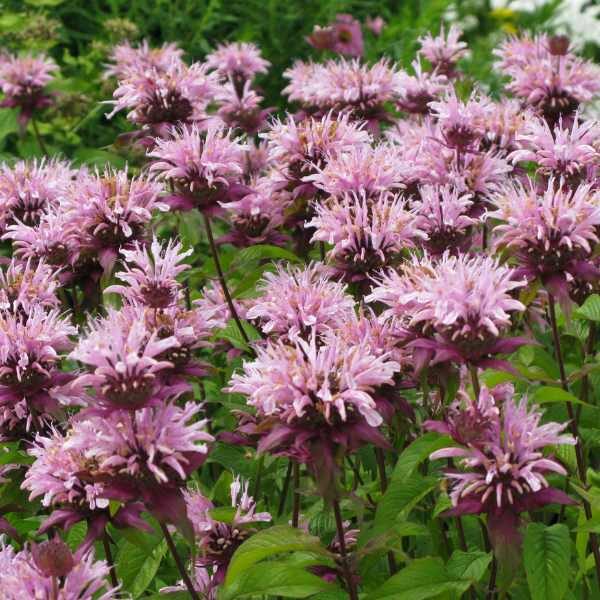
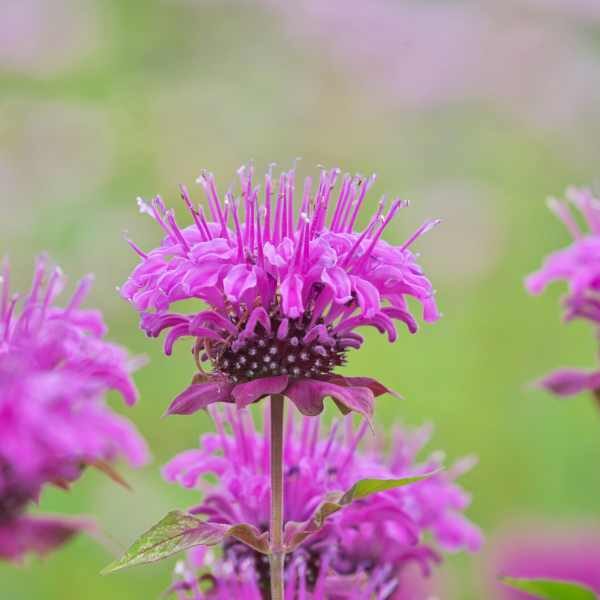

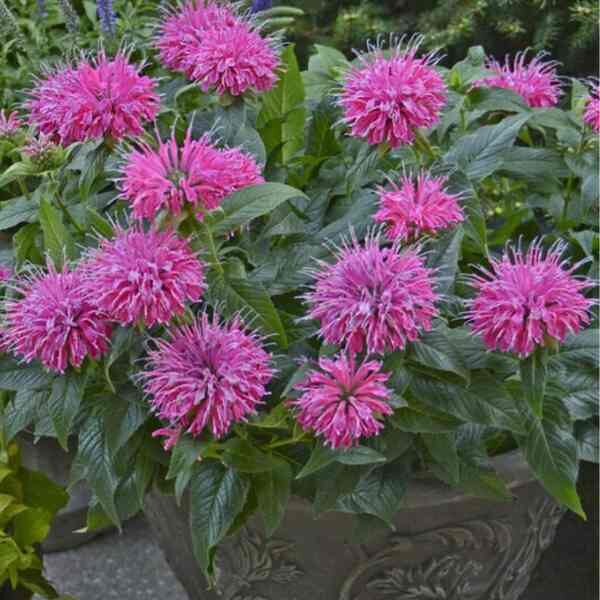

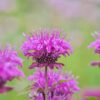
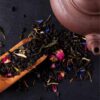
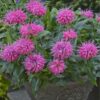



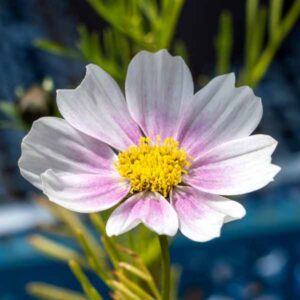
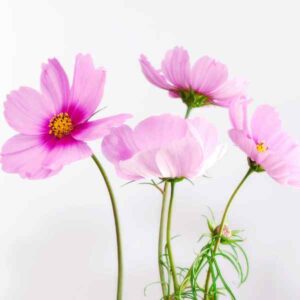
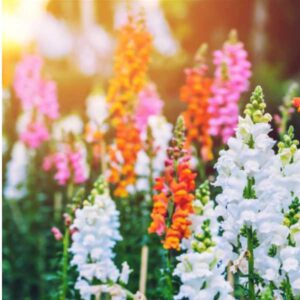
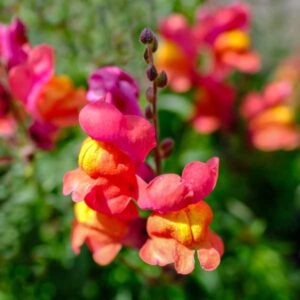
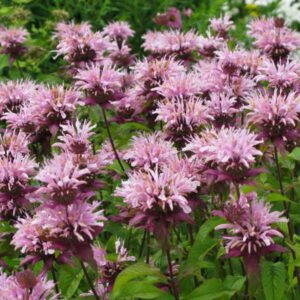
Flowered beautifully